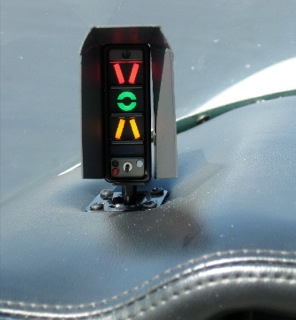I can't even imagine, nor can you, what level of courage it would take to communicate face to face, or even over the phone, with the child of someone whose death that you live with the nightmare of having caused. I could never judge someone for not having that level of courage, because I can't even begin to imagine what it's like to live with that hell every moment of every day.
I've never met a lawyer who tried to talk someone into lying. But keeping your mouth shut isn't a lie.
My biggest problem with your attitude is your continual use of the word "negligent." There was no negligent behavior in this crash. There were mistakes. Mistakes that any of us could have made. I flew in and out of that airport many times during my tenure on the CRJ, and I lost track of the amount of pilots I flew with who made the comment "this runway configuration is an accident waiting to happen." We all knew it was dangerous. So when you start throwing complicating factors at it, like fatigue, last minute aircraft swaps and getting in a rush, etc., the danger finally catches up with you.
We study crashes not to affix blame, but to learn from them and find ways to avoid them in the future. Changes were made following the LEX accident. Every airline added a procedure to cross-check heading, runway markings, and FMS programmed runway to ensure that you're on the right pavement. My carrier wasn't doing that as a matter of procedure prior to the accident. Neither were many others. The FAA also instituted new procedures for ATC. And so on. That's why we study accidents. Not so you can get your jollies attacking fellow aviators and calling them negligent.

